Few photographers have managed to bridge so many worlds, so adroitly, without losing what make them unique. Walter Pfeiffer is one. He’s as comfortable in the art world as he is in fashion, shooting boys and girls, models and friends, or people plucked off the streets of his hometown of Zurich. He shoots in either high contrast black and white or saturated color; he shoots still lives of flowers, statues, and the Swiss landscape; and he shoots it all with the same romance — the same attention to form, dynamism, and beauty.
Maybe Walter is such a singular photographer because he never really wanted to be a photographer? He initially only picked up a camera to shoot so he had something to paint from. Because despite a career that’s now stretching into its fourth decade, he’s spent large parts of it not even using a camera, instead dedicating himself to painting and drawing.
He kept at photography for a time because he wanted something amusing to do, something to keep himself and friends occupied — a way to surround himself with beauty as well. His early work, collated in Walter Pfeiffer: 1970-1980, marked the end of a phase of his career, but a phase that would prove hugely influential for photography. He spent the next few years not shooting, but the rest of the world was catching up with him; photographers like Juergen Teller, David Sims, and Wolfgang Tillmans were all inspired by his romantic-realism and gritty sense of beauty. Almost by accident, he helped craft a new mood in fashion.
It was in 2001, when he released a second book Welcome Aboard, Photographs 1980-2000, that his career really took off, and he began a dramatic, highly successful second life at the age of 55. Since then he’s become one of contemporary fashion’s most sought after photographers, shooting for many magazines, staging many exhibitions, releasing plenty of tomes of his work. As a new exhibition of his work opens at Paris’ Galerie Sultana, and he teams up with Hannes Hetta for a shoot for our new issue, we caught up with Walter for a wide-ranging conversation about his life, work, and career.

There’s a new exhibition of your work at Galerie Sultana in Pairs. Do you still get excited about presenting your work to the public?
Yes, because this exhibition looks so different from any other exhibition I’ve done. We wanted to try out something new, not just hanging pictures on the wall. So there’s the wallpaper of flowers we made, which I find really thrilling as a background for my photos. It looks really good. That’s good work to me because it does something different, it’s not just a photo show. I don’t do too many exhibitions, so for me it has to be exciting when I’m doing it, otherwise it’s just repeating the same formula.
It’s an interesting curation of images, that spans very old and very new photos.
There are some super new photos, then the oldest are from the 80s. I like to show all my work because I have favorites from each decade I’ve been shooting.
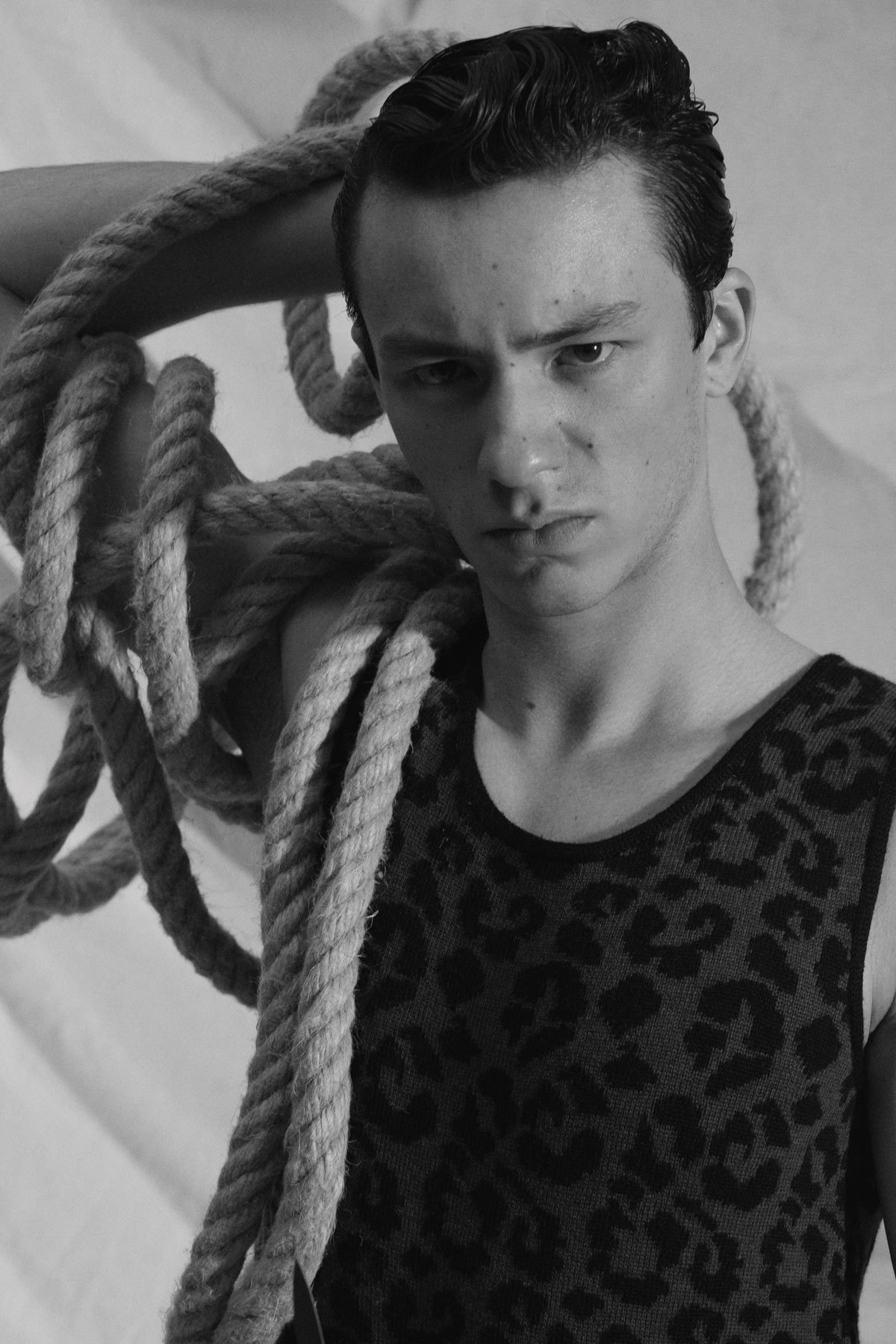
Is it interesting to look back and forward at the same time like this?
Yes, I’ve always reacted to what I’ve done previously. The first book I did, everything was in color, and I decided to never do this again. So I started to use black and white, then I started to use a little color again, later. Then I wanted to learn more about lighting, but I forgot everything technical I learned when I stopped shooting for a while. Now I simply mix everything together. I don’t find it to be an interesting question whether it’s in black and white or color anymore. You can now do everything digitally later now.
Do you use a lot of technology and digital process in your work?
No, not a lot actually. I still use film. I’ve got a big case full of film that I feel I need to use up. I don’t want to waste them. I use the same techniques I’ve always used; automatic settings, just click. Nothing too difficult.
Well, you never planned on becoming a photographer anyway?
In the beginning I wanted to draw so I used photography to help me draw, but then I began to like it. I liked taking photographs, I liked to have these beautiful people around me, I liked working with them, directing them. Photography was never for anything in particular, it was just for me, to keep me amused. I couldn’t have people around me doing nothing, drinking tea, so I always thought about things we could do that we could photograph, to keep ourselves entertained. So the photos were born like this.
When I started all the professional photographers only made bad comments about my work, because they found it too cheap or whatever. But it was cheap! I had no money, I couldn’t develop photos myself so I had to bring my negatives to the department store and get them to develop it. I remember trying to take my pictures to the professional lab, and the assistant would me ask if I was a professional photographer, and I would say no, shyly, and they wouldn’t develop my films. So my developments were cheap back then! Only later did they hire an employee who was nice to me, who allowed me to get an account.

How long do you think you’ll take pictures for?
I think I’ll go until the end, until it’s not possible any more. I won’t stop photographing until I can’t do it physically, you never know when that will be at my age.
Did you ever think you’d end up as such a successful photographer? You’ve been in hundreds of magazines, big exhibitions, many books. You’re very critically loved now.
You know when I started again i-D was the first to hire me! I didn’t dare to try to do something with people I didn’t know, but it was Ben Reardon, when he was editor, who gave me the first real big thing, and it went so well. So I’m thankful forever to i-D because it wasn’t an overnight success, it was step by step, success came very slow. It started with the book, Welcome Abroad. I tried everything I could to learn how to photograph strangers and be professional. I only used to use my friends, and I never cared if it was dark, or blurred, or shaken because of my unsteady hand. You know actually I chose the wrong career, because a photographer should never shake, but my hands have been shaking since I was born. So that’s why I only shoot with flash, because that makes it sharp. Otherwise it’s blurred.
I wanted to ask how you feel about operating within a fashion context, instead of an art context. How do you find collaborating with a stylist?
You know I have always been interested in fashion, even when I was just shooting my friends, my girlfriends; these people all had big taste, we were always interested in fashion. We came from a time when there was no easy way to find cool clothes, we’d have to go to search through a thrift store for hours to find them. I was always fascinated with clothes, with how to wear what with what, what looks good together. It’s great that now I can work with great stylists, but if I think they are wrong I will tell them. I’ll give advice and say ‘no you should do it like this.’ Like you say, it has to be a collaboration.
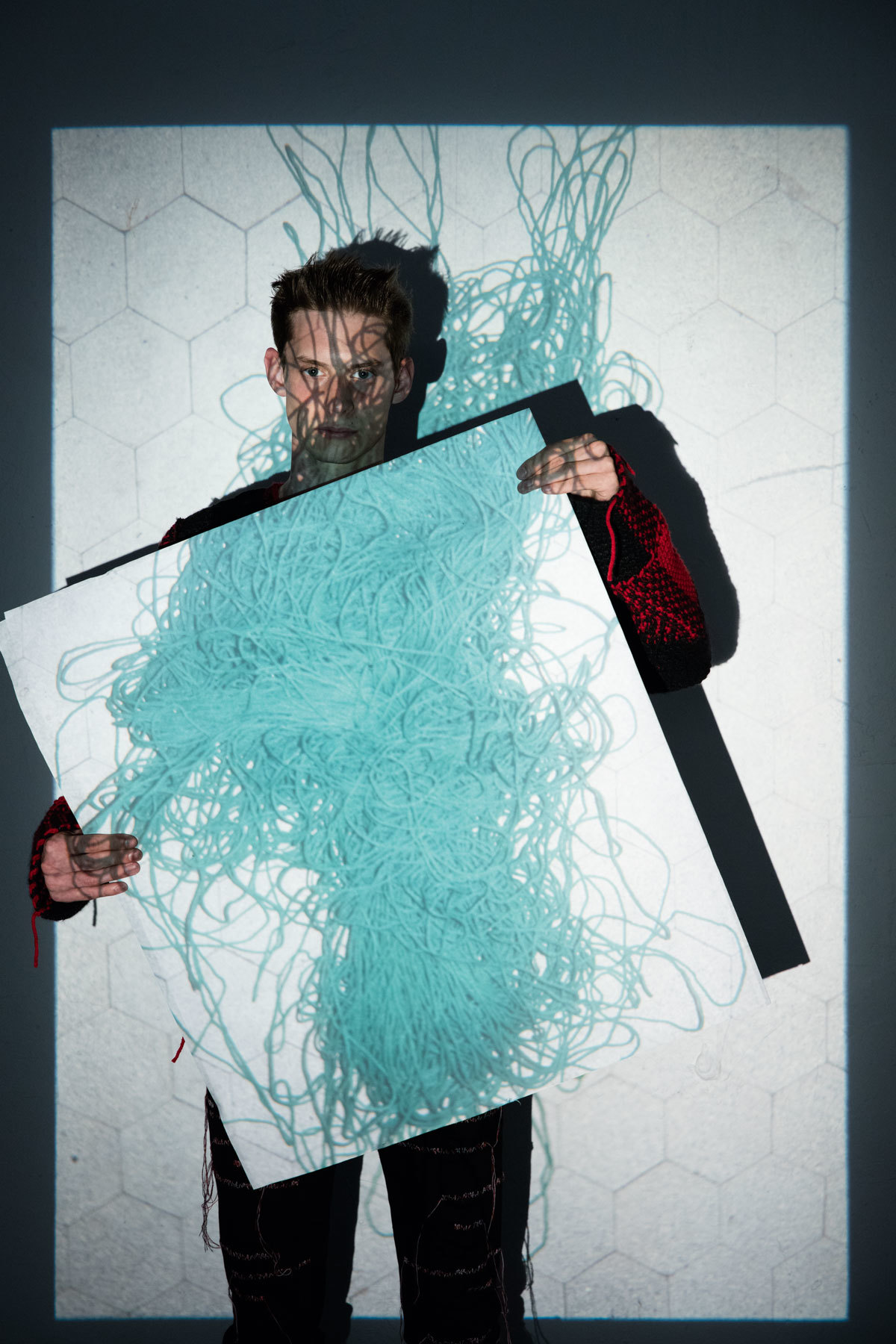
A lot of your personal work has focused on shooting boys, but when you shoot fashion editorials, you often shoot women.
I never have a problem with girls! I like to shoot boys and women. I like people, and it’s not a problem, I’m always curious to meet new people. The real difference is, in fashion you meet someone once or twice, so you have to work differently, when you work with people you know already you can go deeper.
I mean you use a lot of people who aren’t professional models in your work.
Yes, that’s what I like! I really like these kind of people to shoot, that’s how you get the best results. I have a scout who finds the best people, that’s very important, alone I would never have done this.
A lot of the early pictures though, they were people from Zurich, from Switzerland, people you pulled off the street.
Yes, maybe even everybody was from Switzerland. That’s what I mean when I say I had to go slowly with my work. Maybe if I’d never done fashion I would have stayed like those early days forever? Just shooting people from Zurich. It was good for me to take the challenge of shooting fashion. In the beginning I just felt I couldn’t do it! I remember when Ben Reardon asked me to do something for i-D, he sent all the clothes to my home! I couldn’t do it! I was so nervous. It was my first big shoot, 12 pages maybe. I shot the people at my house because I was afraid to take those expensive clothes outdoors. I did it without a stylist, all by myself, but you see, you have to jump into the cold water sometimes.
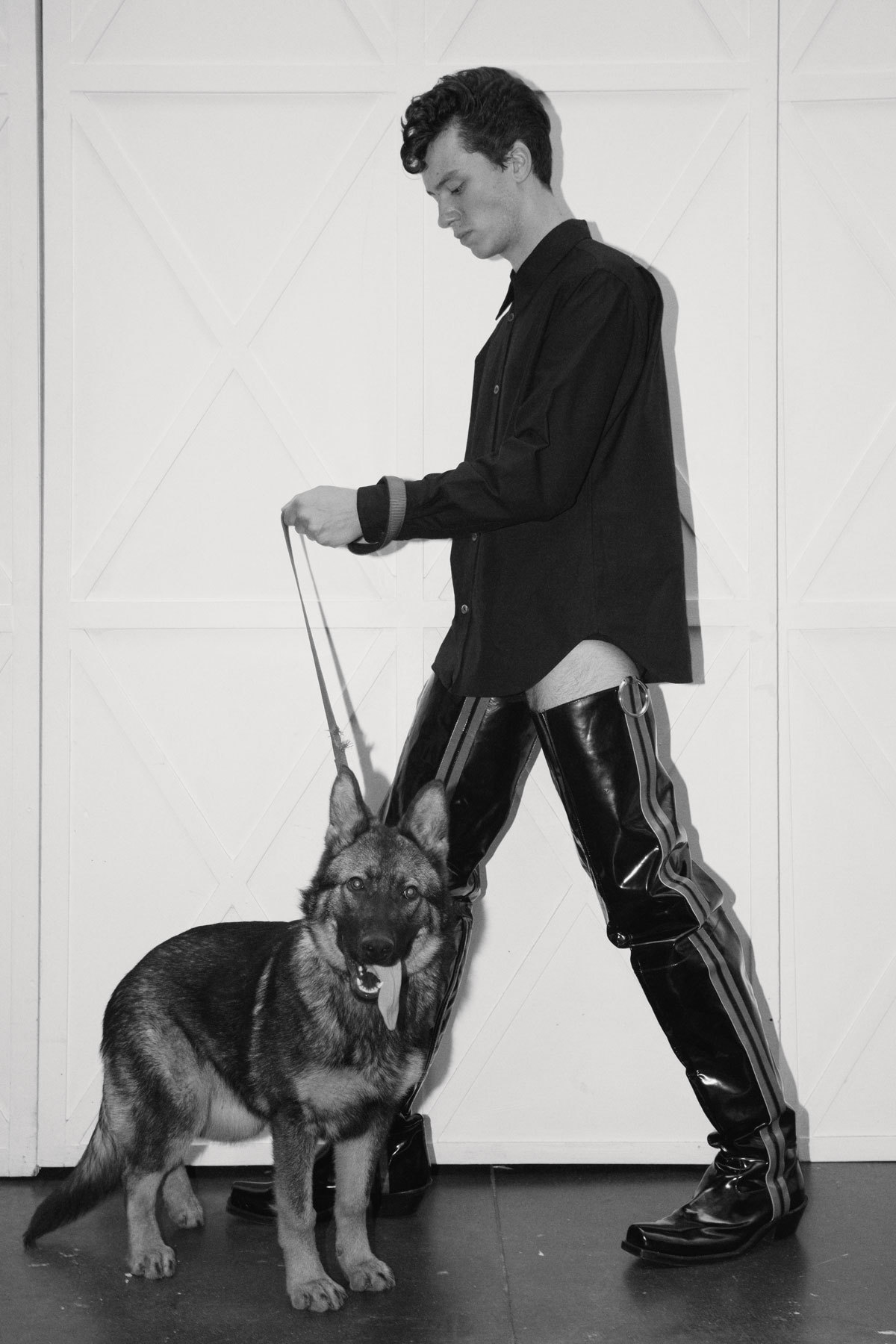
Do you feel comfortable with it now?
Yes, because now I have assistants, professionals, it’s good for me, because nothing can go wrong, and I can concentrate on capturing the spirit of the young people, direct them. At the beginning I had to put the flash on, load the film, all by myself; its unbelievable now.
Do you always carry a camera round, are you always shooting?
Not at all! Sometimes I see something I want to photograph when I’m out and I realize I have no camera. I’m not a crazy photographer, I’m an outcast in my field.
One of my favorite bodies of your work is your still lives, though.
That’s what I like best, there’s no one around. I’m always arranging things at home, and it’s nice to click and then it’s gone. Or landscapes, when I’m hiking, I never take too many pictures, because then you have to decide which ones to use. I have so many pictures already.
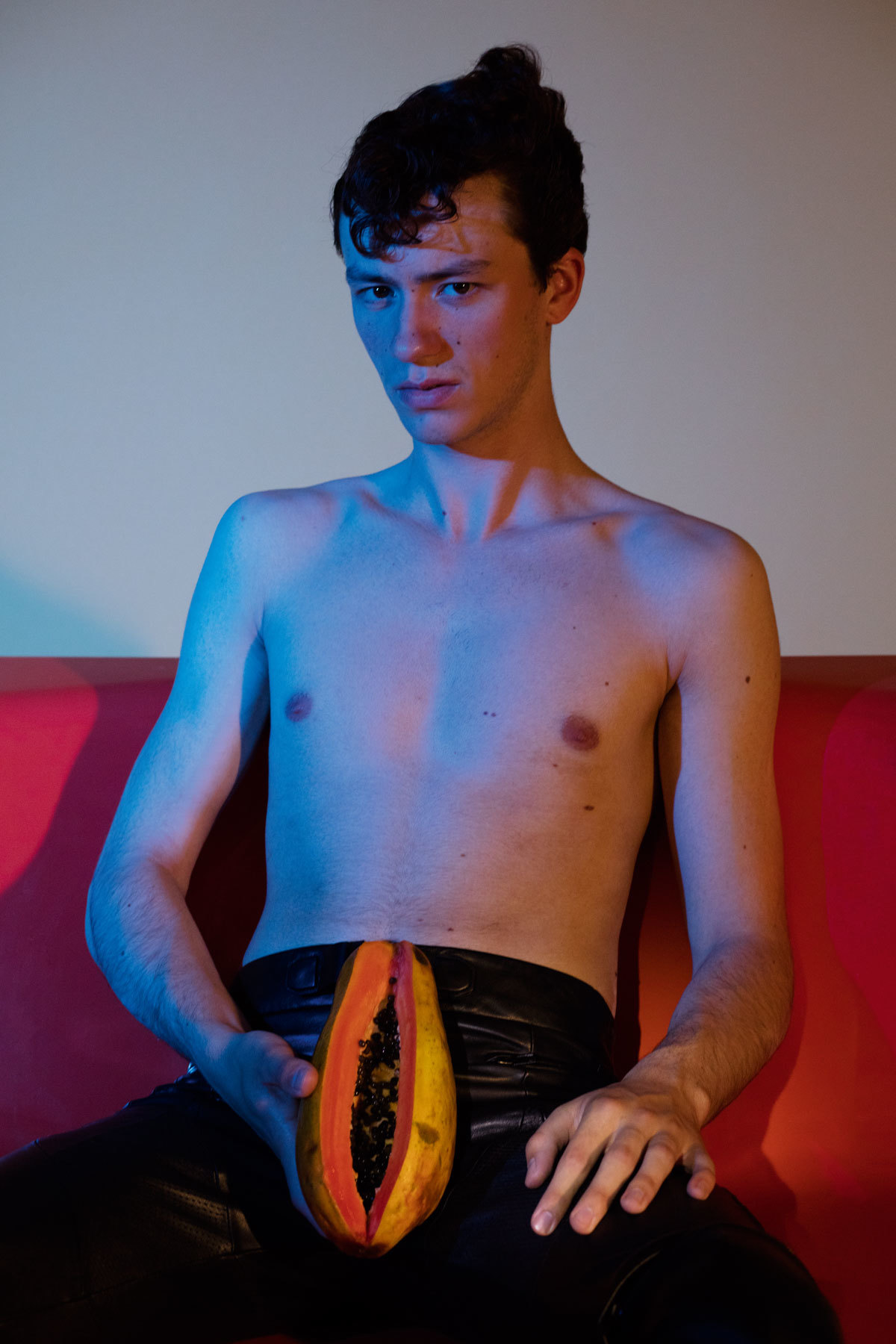
The way you photograph statues is really incredible. You capture something very human in them.
Yes that’s my classical art training, that’s how I still think and work. When people ask which photographers I adore, I can’t reply. I adore all those big ones of course, Cecil Beaton might be my hero, but it’s art, classical beauty, that’s what inspires me.
Do you think of yourself as an artist or photographer?
In between maybe, somewhere over the rainbow. But really I don’t know, because I’ve always switched around what I’ve done, I like to try and do things just to see if I’m able to do it sometimes. It’s all about a challenge. It’s never about being the greatest. Maybe I could change what I do again! I like to draw, I like to paint. I want to do a painting book next, because I spent the whole of the 90s painting without taking a single photo.
Do you still paint?
Yes, mainly still lives now though, because I don’t want to use photographs for painting anymore. I paint for myself mainly, it makes me very happy. There’s no computers, no mobile phones, just your painting, that’s it. It’s good to explore things you never expect to explore.
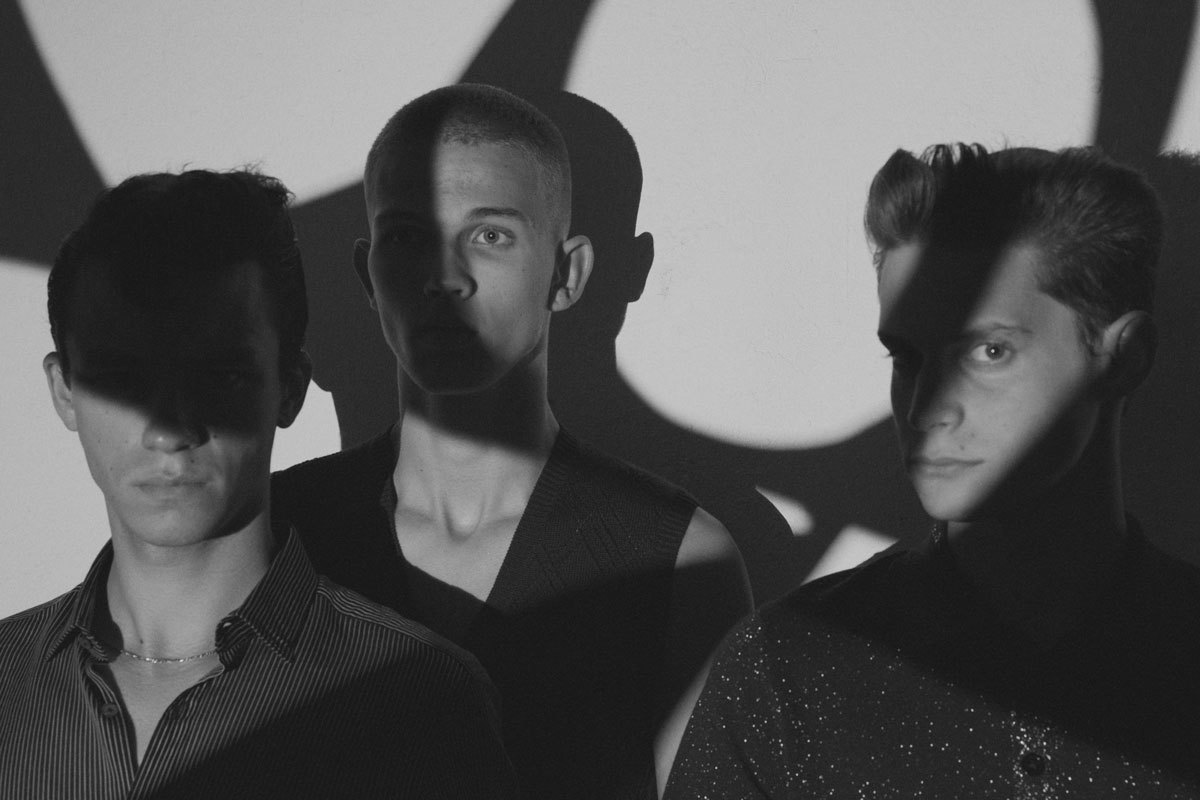
Is painting relaxing for you?
It’s super relaxing, but it’s super time consuming. It takes me days and days to paint something, my style is very realistic, highly detailed, now I don’t have that time. Back then there was no pressure, it was just for me, just to learn, trying to improve. I wanted to paint because there was more room for me to become a better painter than a better photographer. But then the book came out of my photographs, and that started a new chapter in my life, which i-D really helped to explode. And Terry! I came to London to do this special with Agyness Deyn, and the other photographers, I felt like a nobody compared to them. It was hard. I couldn’t believe Terry wanted me to do the cover.
Is it interesting to see the photographers now, who take their influence from your work?
Sometimes I give workshops and teach, and the students are crazy about working, but they are super technical, but that’s not photography. Photography is being able to see beautiful things.
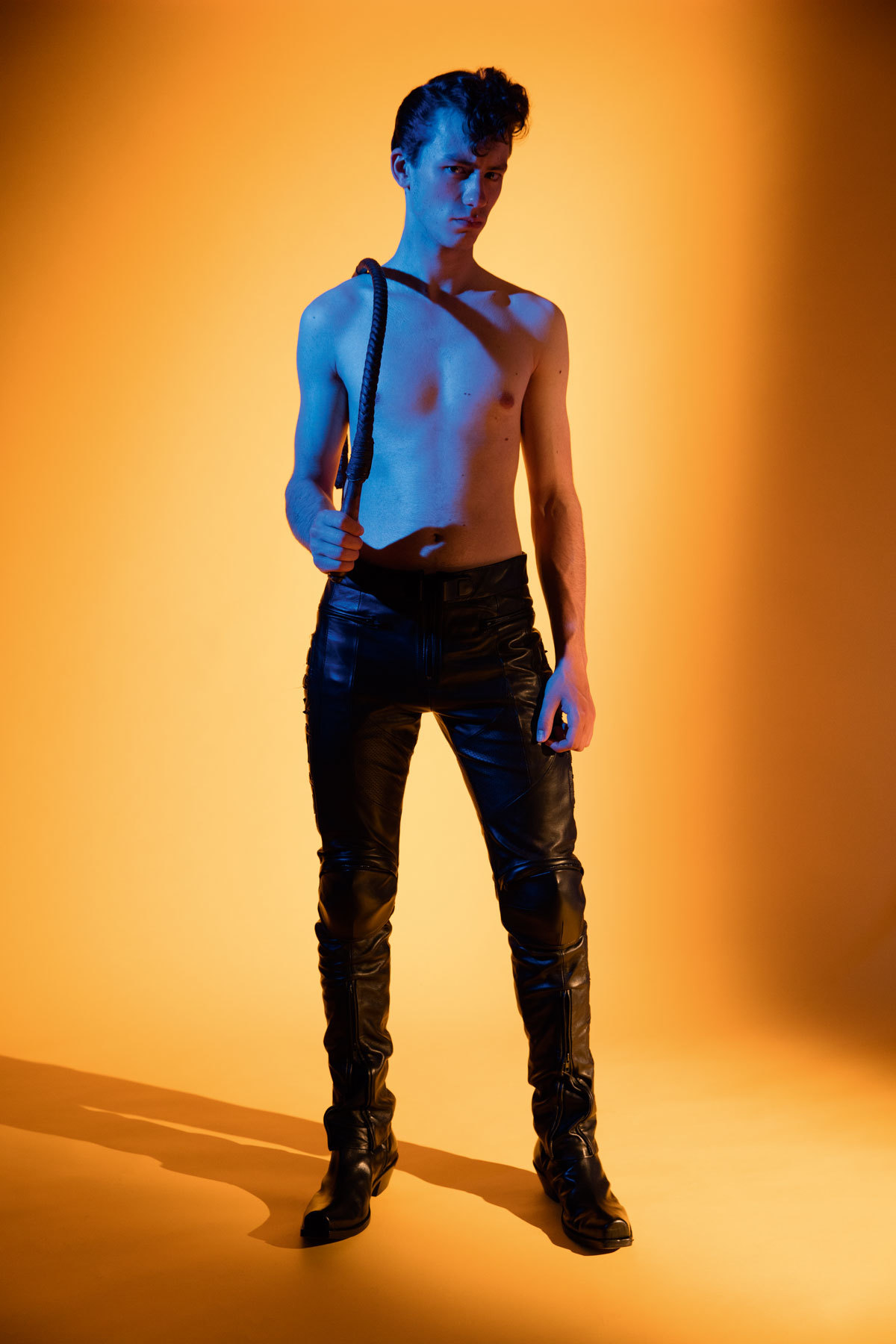
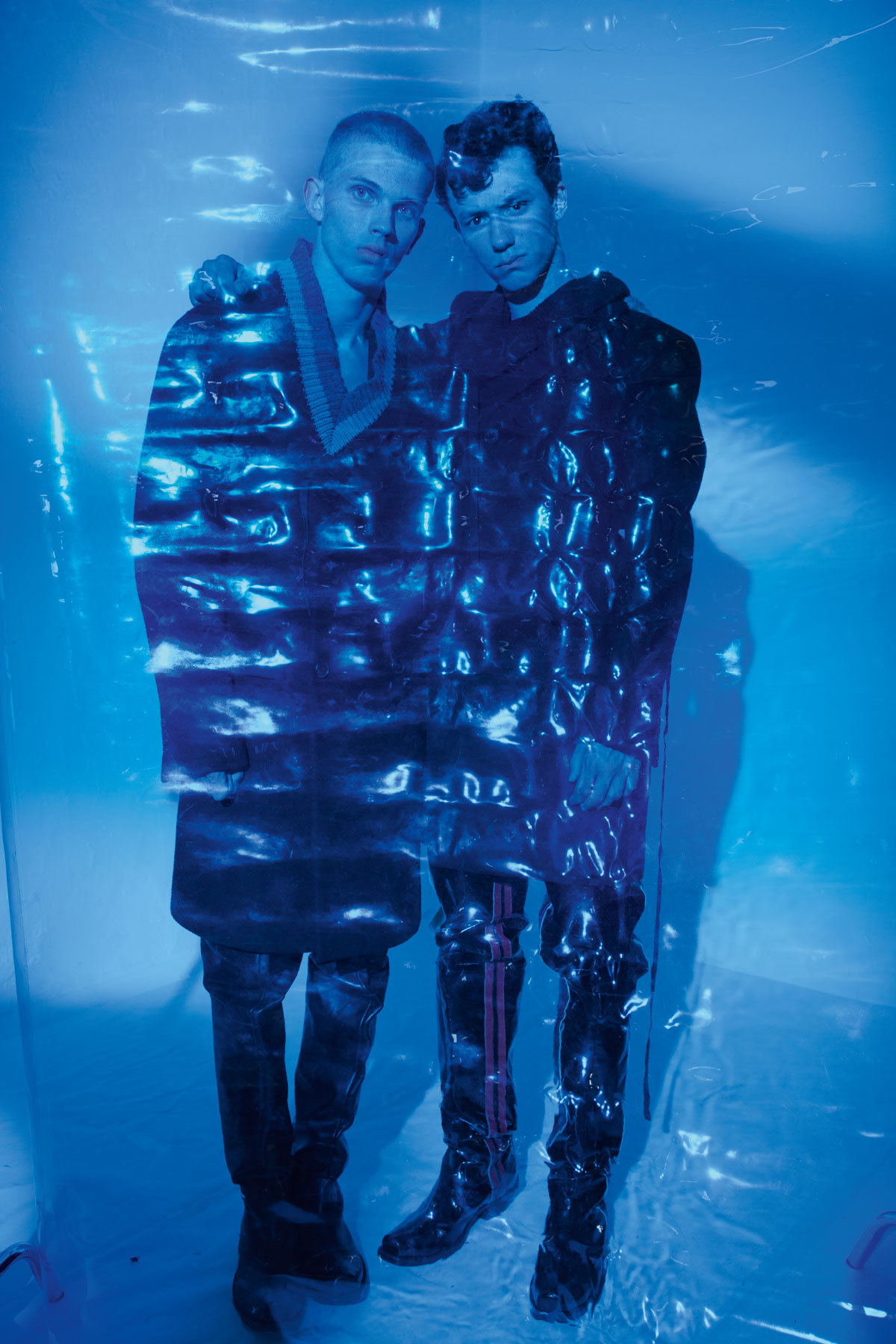
Credits
Text Felix Petty
Photography Walter Pfeiffer
Styling Hannes Hetta
Hair Marc Lopez at ArtList
Set design Sophear van Froment
Photography assistance Aline Blocman, Alexandre Sjoeberg
Digital technician Torvioll Jashari
Styling assistance Emmanuelle de Luze
Hair assistance Mickael Delmas
Production PRODn Paris. Casting director Rene de Bathory
Scout Martin Franck
Models Domonkos Szendrei at Wilhelmina. Rasmus Holm at Premium. Maxime Tavoleira.
